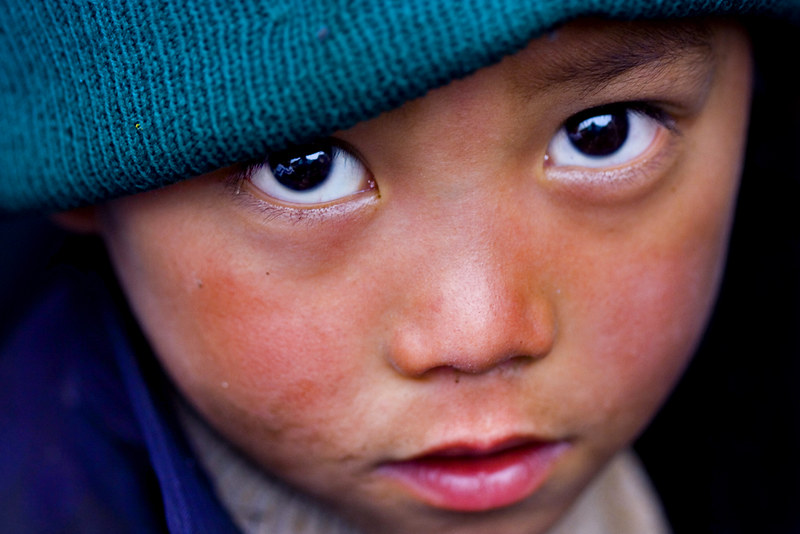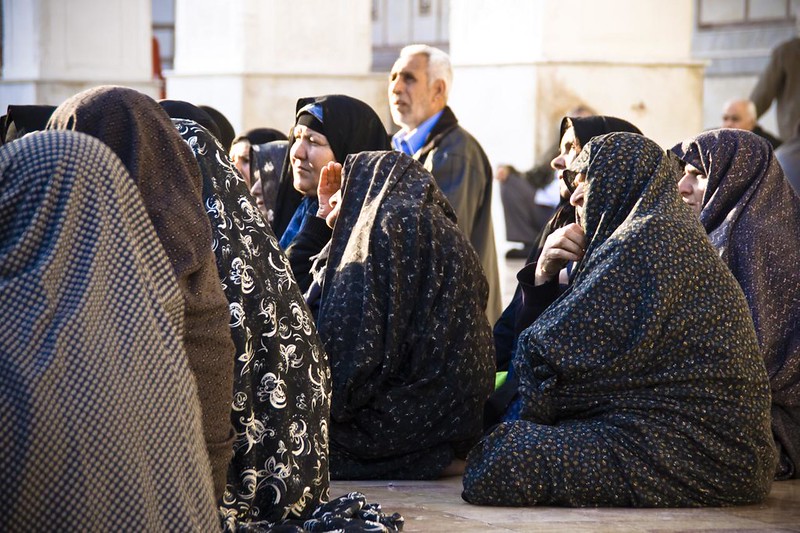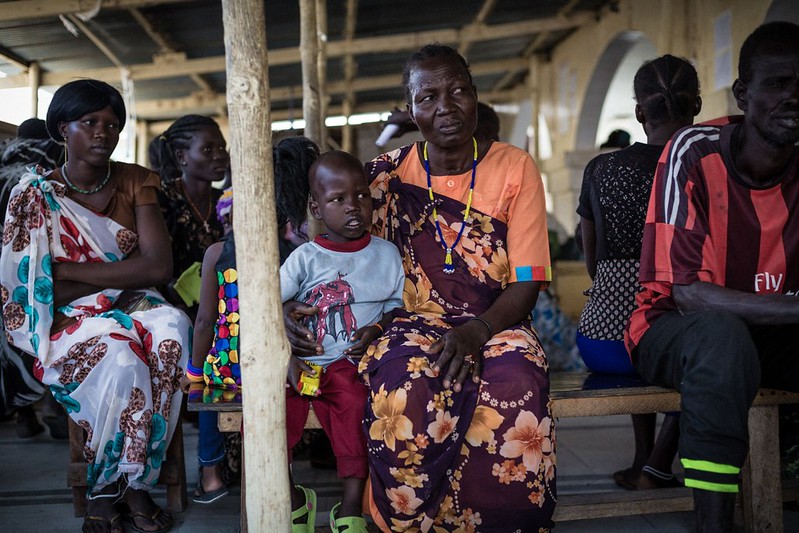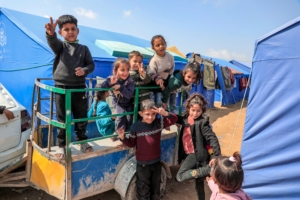 Sacha Baron Cohen, born in 1970s London, is a British comedian and actor best known for his politically incorrect social satire. His career gained widespread attention in 2006 with the release of Borat: Cultural Learnings of America for Make Benefit Glorious Nation of Kazakhstan. Raised in a devout Jewish household, Cohen often speaks about the importance of Jewish values such as justice, charity and loving-kindness. Judaism teaches that people should treat wealth as a divine gift and use it to help those in need. Cohen reflected these values by donating $500,000 to charities operating in Sudan.
Sacha Baron Cohen, born in 1970s London, is a British comedian and actor best known for his politically incorrect social satire. His career gained widespread attention in 2006 with the release of Borat: Cultural Learnings of America for Make Benefit Glorious Nation of Kazakhstan. Raised in a devout Jewish household, Cohen often speaks about the importance of Jewish values such as justice, charity and loving-kindness. Judaism teaches that people should treat wealth as a divine gift and use it to help those in need. Cohen reflected these values by donating $500,000 to charities operating in Sudan.
The Crisis in Sudan
The conflict between the Sudanese Armed Forces and the Rapid Support Forces has persisted for two years. It has forced millions to flee their homes and seek refuge in neighboring countries such as Ethiopia, South Sudan and Chad. Furthermore, ongoing violence has disrupted humanitarian efforts and worsened food insecurity. According to the latest Integrated Food Security Phase Classification, about 755,000 people now face famine-like conditions. In Darfur, local reports cite ethnic targeting by armed groups. In March 2025, the Sudanese army regained control of the presidential palace in Khartoum, a development that observers hope will shift the trajectory of the conflict.
IRC and Save the Children
In October 2024, Cohen pledged $500,000 to the International Rescue Committee (IRC) and Save the Children USA. Both organizations provide essential services in Sudan and the surrounding regions. They focus on nutrition, water, sanitation, health care and child protection.
In 2023, Save the Children reached more than 2.4 million people in Sudan. The organization delivered integrated support across food security, education, health care and hygiene. Additionally, the IRC serves displaced populations within Sudan and along its borders, helping families rebuild amid war and hunger. Nearly 500 children have died due to the closure of critical nutrition centers. Cohen’s contribution strengthens these organizations’ capacity to expand their reach.
Cohen’s Statement
In Sacha’s words: “Right now, there are 25.6 million people experiencing hunger in Sudan, a country which is swiftly moving toward the worst famine seen in decades, yet this crisis is receiving alarmingly little attention. This contribution is a small step toward addressing the immense needs in Sudan. I’m pleased to continue to support the IRC and Save the Children, who are delivering essential nutrition, water, sanitation and health services to those most in need, both within Sudan and in neighbouring countries where people are seeking refuge. The Sudanese people urgently need our help and must not be forgotten. I call on friends, colleagues and the general public to join me in contributing whatever you can to this life-saving work. Please consider donating to the IRC and Save the Children.”
Response from IRC Leadership
In response, David Miliband, President and CEO of the IRC, said: “We are deeply grateful to Sacha for this donation and raising awareness about Sudan’s humanitarian crisis. The funds will support the IRC’s lifesaving work in nutrition, water and sanitation and protection for displaced people. Eighteen months of warfare has devastated homes, infrastructure and livelihoods, making Sudan the world’s largest displacement and most severe hunger crisis—yet only half the needed aid has been received. As the disaster continues to spill over into neighboring countries like Chad and South Sudan, the world’s neglect is costing lives. Now, more than ever, influential voices like Sacha’s are crucial to prevent further destruction and loss.”
A Record of Global Giving
Cohen’s support for charities in Sudan follows years of philanthropic engagement. His past contributions funded vaccinations for 287,000 children in Syria, built a maternity hospital in Yemen and supported relief programs in Iraq and Somalia. He also co-founded Stop Hate for Profit, a coalition urging accountability from social media platforms. Cambridge University and the Martin Luther King Center in Atlanta recognized Cohen’s academic work, which explored Black and Jewish cooperation during the U.S. civil rights movement.
Looking Ahead
While conflict continues to displace and endanger millions in Sudan, targeted support from both individuals and institutions could expand access to vital services. Cohen’s donation to charities in Sudan helps reinforce the work of humanitarian organizations and draws global attention to a worsening crisis. As agencies call for broader international support, contributions—both financial and vocal—remain essential in addressing urgent needs and preventing further loss of life.
– Dania Kerim
Dania is based in London and focuses on Celebs for The Borgen Project.
Photo: Flickr
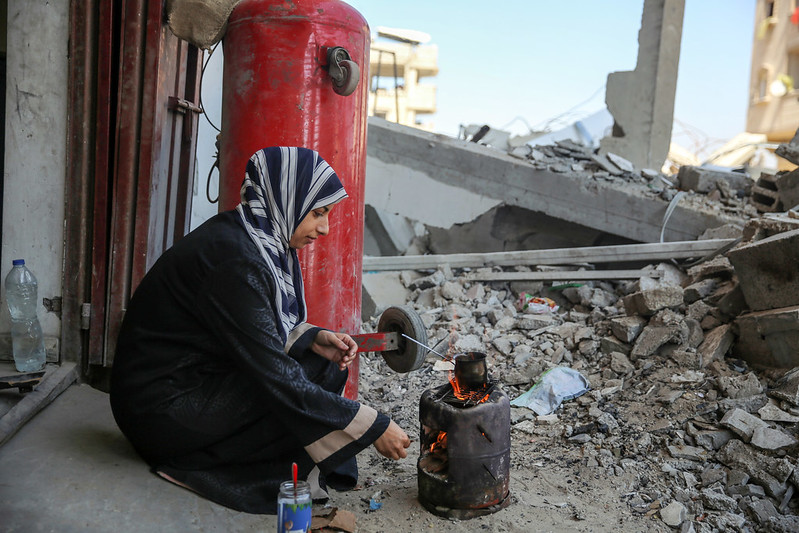 The
The 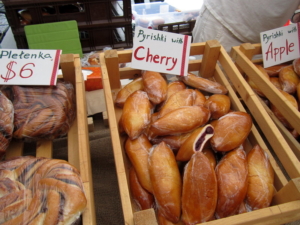 Since the start of Russia’s full-scale invasion of Ukraine,
Since the start of Russia’s full-scale invasion of Ukraine, 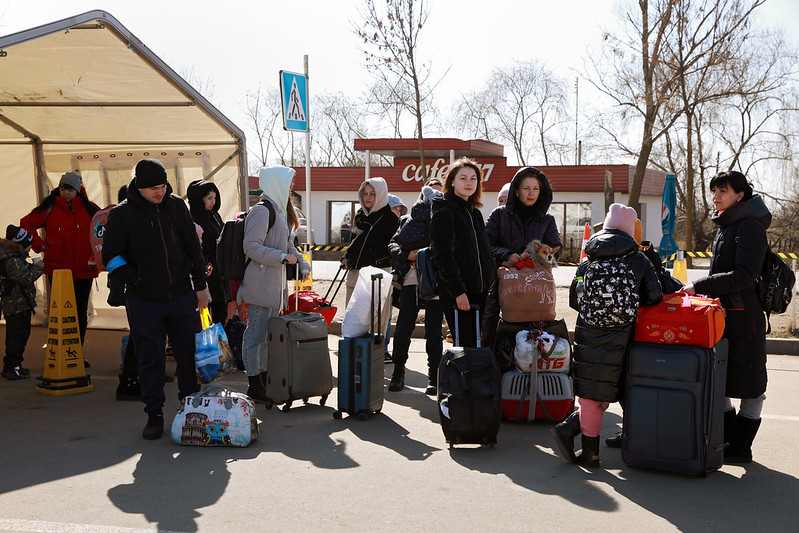 On February 24, 2022, Russia invaded Ukraine, marking the beginning of a violent occupation which has resulted in
On February 24, 2022, Russia invaded Ukraine, marking the beginning of a violent occupation which has resulted in  Eastern Ghouta, a region in Syria previously bombarded with attacks from Syrian Government forces, has finally become accessible for humanitarian aid and support groups following the collapse of the Assad Regime in December 2024. While there is still quite a way to go, several key organizations have proven hugely significant for the reconstruction initiatives within the area that focus not only on aid for civilians but also the surrounding infrastructure and agriculture.
Eastern Ghouta, a region in Syria previously bombarded with attacks from Syrian Government forces, has finally become accessible for humanitarian aid and support groups following the collapse of the Assad Regime in December 2024. While there is still quite a way to go, several key organizations have proven hugely significant for the reconstruction initiatives within the area that focus not only on aid for civilians but also the surrounding infrastructure and agriculture. After
After 